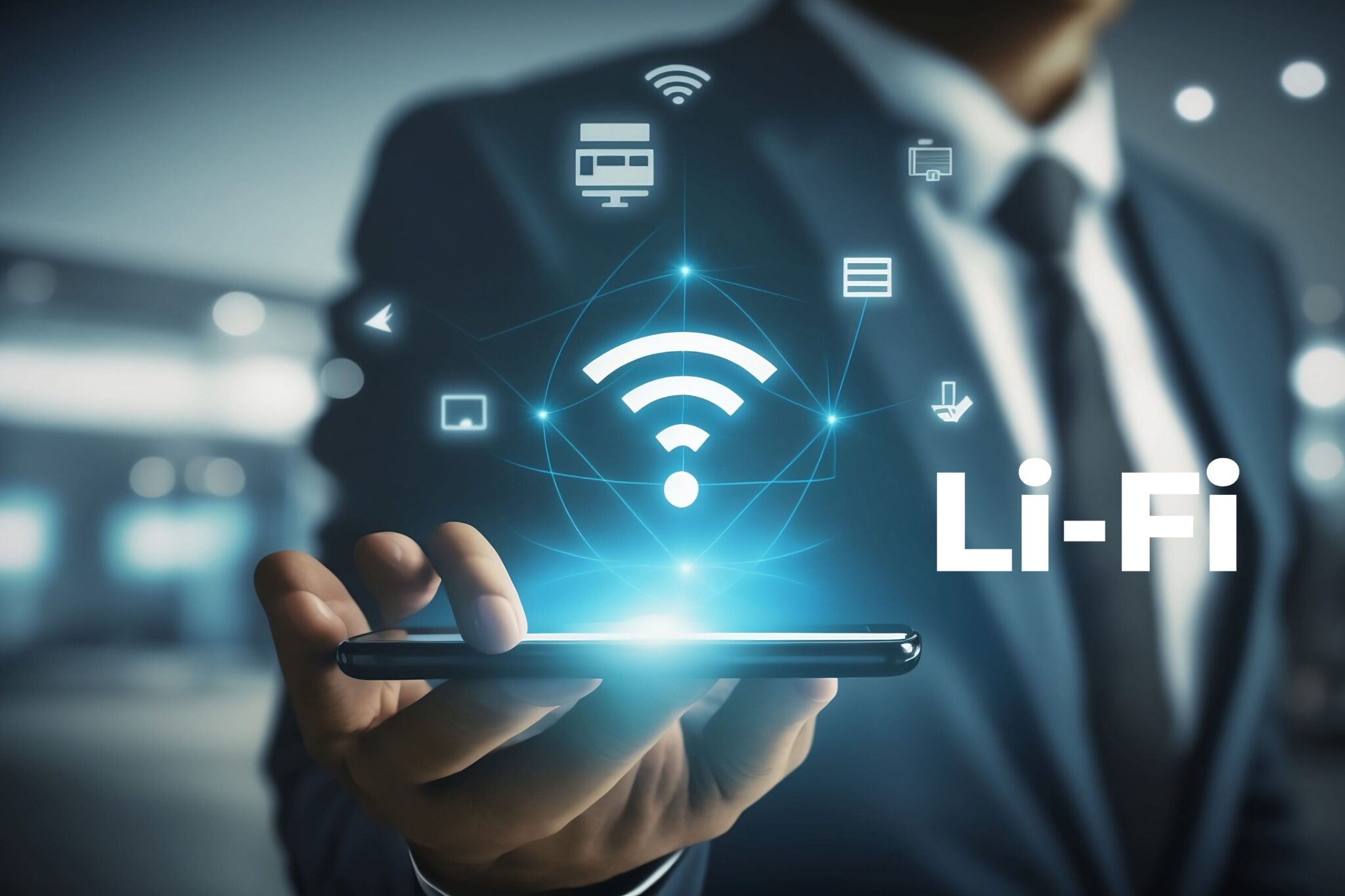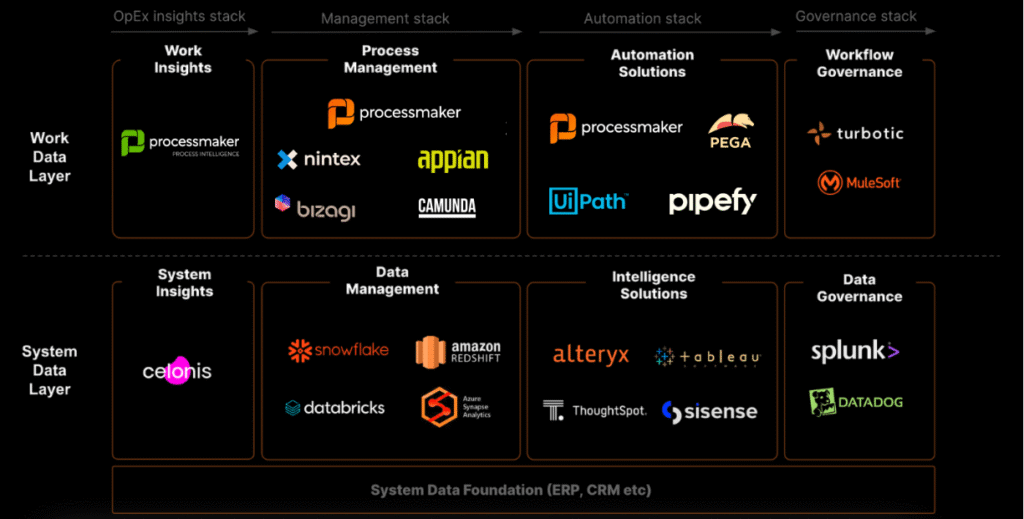
Communication is absolutely vital for coordination and information sharing between units in any defence force. Secure, fast and reliable communication enables effective command and control on the battlefield. Traditionally, defence forces have used radio frequencies for wireless communication needs. However, radio frequency communication has limitations in speed, security, interference issues, etc. With the emergence of new technologies like Li-Fi, which uses visible light for wireless data transmission, new and exciting possibilities have opened up for enhancing internet for military communications. This article explores how Li-Fi can play a major role in revolutionizing communication networks for defence applications.
What is Li-Fi and How Does it Work?
Li-Fi, short for Light Fidelity, refers to a wireless communication technology that uses light waves from LED bulbs to transmit information, instead of radio frequencies used by Wi-Fi routers. Li-Fi works by switching LED bulbs on and off at rapid speeds imperceptible to the human eye. This generates a binary code of 1s and 0s that allows data transmission. The LED light intensity is modulated so fast that it appears constant to us, but these subtle fluctuations can be detected by a photo-diode receiver to reconstruct the transmitted data.
Li-Fi was invented by Professor Harald Haas at the University of Edinburgh, UK in 2011. In lab tests, he demonstrated transmission speeds up to 224 Gbps by using an LED array. While real-world performance is far lower, Li-Fi can still easily achieve speeds above 10 Gbps. A key driver for Li-Fi is the increasingly crowded radio spectrum that is leading to signal interference issues. Li-Fi provides an alternative ultra-high frequency band in the THz range with massive bandwidth for communication.
Benefits of Li-Fi Over Wi-Fi or Radio Communication
Li-Fi has some innate advantages stemming from its use of visible light for data transmission:
- Extremely high speeds: Li-Fi can enable much faster wireless communication compared to Wi-Fi and other radio frequency technologies. This allows defence forces to set up ultra-high-speed communication links.
- More secure: Since light cannot pass through walls, Li-Fi signals are confined to the room they are transmitted in. This makes it much harder to intercept than traditional wireless signals.
- No interference: Li-Fi does not cause electromagnetic interference nor does it face interference from other wireless signals. It can safely co-exist alongside Wi-Fi as well as radio with no issues.
- Highly localized transmissions: Li-Fi is restricted to narrow beams of light that do not spread out like radio waves. This makes it harder to intercept and also enables dense spatial reuse of spectrum.
- Environmentally friendly: Li-Fi does not generate any harmful electromagnetic radiation. It is much safer as well as greener than Wi-Fi or cellular networks.
- Enhanced privacy: The visual nature of light ensures that Li-Fi signals do not escape beyond line-of-sight. This prevents eavesdropping as well as enhances privacy.
- Cheaper infrastructure: Li-Fi can leverage standard LED lamps rather than expensive specialty equipment for wireless transmission. This reduces deployment costs.
- Easily deployable: Li-Fi access points are simply LED lamps. These are easy to deploy, set up as well as move around to create ad-hoc networks rapidly without extensive cabling.
Key Use Cases of Li-Fi for Defence Forces
The unique benefits of Li-Fi make it highly useful for several defence communication applications:
- Vehicular connectivity: Li-Fi can wirelessly network different systems within military aircraft, ships, tanks and other vehicles without interference.
- Convoy networking: Li-Fi can create high-speed communication links between vehicles in a convoy on land, air or water. This allows real-time coordination.
- In-building networks: Li-Fi can enable lighting fixtures to provide wireless networking inside barracks, buildings, warehouses, etc.
- Underground ops: Li-Fi can help troops communicating underground where radio waves fail to penetrate.
- Communications in EMF-sensitive areas: Hospitals, research facilities and critical infrastructure that require zero electromagnetic interference can use Li-Fi.
- Secure rapid communication: Li-Fi can provide instant secure communication channels between command centers during attacks or dynamic situations where radio communications may be insecure.
- Ad-hoc networks: Portable Li-Fi access points can create rapidly deployable networks in areas where fixed infrastructure is unavailable or damaged.
- Last-mile connectivity: Li-Fi can provide the last leg of broadband connectivity in remote areas by transmitting data from a central access point to individual end user devices.
- No signal jamming: Unlike radio, Li-Fi cannot be jammed or spoofed due to its visual nature. This makes it more robust.
- High-speed mobile links: Li-Fi can provide secure gigabit connectivity to users on the move like soldiers, pilots, sailors when radio links are unavailable.
Discover the benefits of iTop VPN and Free VPN No Registration in our comprehensive guide to secure and unrestricted online browsing.
Challenges in Adopting Li-Fi for Defence Use
However, there are some challenges too in adopting Li-Fi:
- Line-of-sight issues: Li-Fi receivers need to be in the direct path of light beam with no visual obstructions. This reduces flexibility of device placement and user mobility unless reflected light is used.
- Small coverage areas: An LED lamp has a typical coverage radius of only 10-20 feet. A dense deployment of access points is needed for wide coverage.
- Device compatibility: Li-Fi capability needs to be incorporated into devices. Existing devices require add-on modules increasing costs and complexity.
- Diffused light impacts performance: Normal room lighting diffuses light, introducing signal errors. Directional beams from LED arrays work better.
- Power costs: Keeping bulbs illuminated always will consume considerable electricity. Intelligent power saving techniques need to be used.
- Eye safety issues: High intensity visible light beams close to eyes can potentially cause damage. Safety standards will need to be defined.
- Non-linear response: The photodiode’s conversion of light to current is nonlinear. Linearization techniques are required to avoid distortion of signals.
With thoughtful network design and infrastructure changes, these challenges can be overcome to implement Li-Fi. For instance, installing LED arrays on the ceiling and reflective surfaces on walls and floors can enable room-wide coverage and mobility. Smart power management protocols can optimize energy usage. And beam steering techniques can enhance directionality while meeting eye safety limits.
The Road Ahead for Li-Fi in Defence
Li-Fi is still a relatively new technology that hasn’t been widely used. However, considering its benefits, it has enormous potential to revolutionize defence communications by providing extremely fast, secure wireless access. Li-Fi may replace all other communication technologies as the standard for military forces worldwide as technology advances, costs come down, and methods for improving mobility and range are developed. In the upcoming ten years, Li-Fi may revolutionize defence communications technology with further advancements in fields like bidirectional transmission, solar power integration, and network optimizations.
Conclusion
For defence activities, wireless networking must be dependable as well as secure. Older radio frequency communication has issues with interference, speed, as well as security. By utilizing visible light for fast, interference-free localized wireless communication, Li-Fi offers a tempting substitute. Lifi internet is very beneficial for military applications such as in-building connection, fast communication, as well as vehicle networks because of its advantages such as high security, ease of implementation, and non-jamming. Despite present acceptance barriers, Li-Fi is expected to develop into a vital wireless technology for armed forces in the future

Caribbean Citizenship Programs: Your Complete Investment Guide for 2025

The Ultimate Guide to Exterior Painting: Boost Your Home’s Curb Appeal and Protection

Best Features in Top Personal Loan Apps

Accelerating drug discovery through the DEL-ML-CS approach

AI in Marketing Is No Longer a Buzzword — It’s the Strategy

The Evolving Relationship Between Data and Digital Success

Matx PC Case: The Perfect Balance of Size, Performance, and Aesthetics

How Technology Powers Sweet Robo’s Next-Generation Vending Machines








